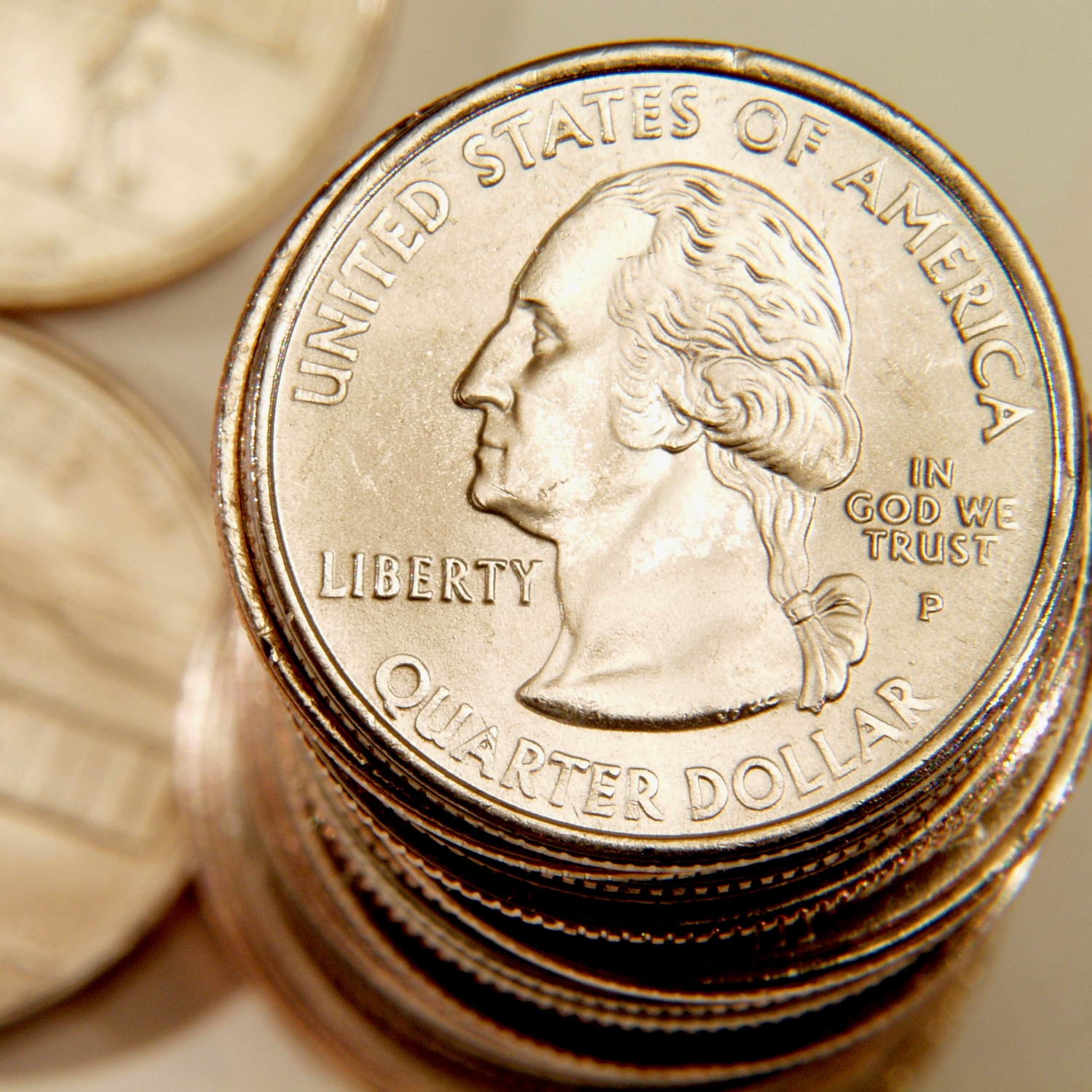
In a decision that was all but made for it, Kinder Morgan Inc. (NYSE: KMI) announced after markets closed on Tuesday that it is chopping its annual dividend from $2.04 to $0.50 and that it will use “a significant portion of its large cash flow to fund the equity portion of its expansion capital requirements.” The decision removes the uncertainty that has plagued the company’s stock price for the past few weeks and pushed the share price higher in premarket trading Wednesday morning.
Kinder Morgan thus saves itself — and its shareholders — from having to seek capital from the equity markets at the sharply reduced valuation of the stock. The cut is also aimed at preserving the company’s investment grade rating.
That last part seems to have worked. A statement from Moody’s Investor Services indicates how the ratings agency views the decision:
Negative free cash flow in 2016 of about $2.2 billion, which includes debt maturities totaling $1.7 billion, could be funded under the company’s revolving credit facility. Kinder Morgan is also slightly reducing its target leverage, which will remain high at about 5.7x on a Moody’s adjusted basis. However, Kinder Morgan will have much greater flexibility in managing its leverage with the elimination of its reliance on equity capital markets access.
Moody’s changed Kinder Morgan’s outlook from negative to stable and affirmed the company’s Baa3 rating on its senior unsecured debt. Moody’s also noted other effects of the dividend cut:
With the change in dividend policy KMI’s dividend coverage moves to a very large 4.4x from a very tight 1x. This dividend coverage is comparable to non-MLP and non-MLP-like companies, reflecting the significance of this change in KMI’s corporate strategy. KMI benefits from relatively stable cash flow generated by a combination of long term contracts and regulated returns from energy infrastructure assets. We estimate that about 10% of the company’s operating cash flow is subject to short-term market volatility, primarily related to oil production tied to the CO2 business segment, which we expect to remain weak through 2016 due to low commodity prices.
Shares traded up about 6% Wednesday morning to $16.66, in a 52-week range of $15.06 to $44.71.
In 20 Years, I Haven’t Seen A Cash Back Card This Good
After two decades of reviewing financial products I haven’t seen anything like this. Credit card companies are at war, handing out free rewards and benefits to win the best customers.
A good cash back card can be worth thousands of dollars a year in free money, not to mention other perks like travel, insurance, and access to fancy lounges.
Our top pick today pays up to 5% cash back, a $200 bonus on top, and $0 annual fee. Click here to apply before they stop offering rewards this generous.
Flywheel Publishing has partnered with CardRatings for our coverage of credit card products. Flywheel Publishing and CardRatings may receive a commission from card issuers.
Thank you for reading! Have some feedback for us?
Contact the 24/7 Wall St. editorial team.




